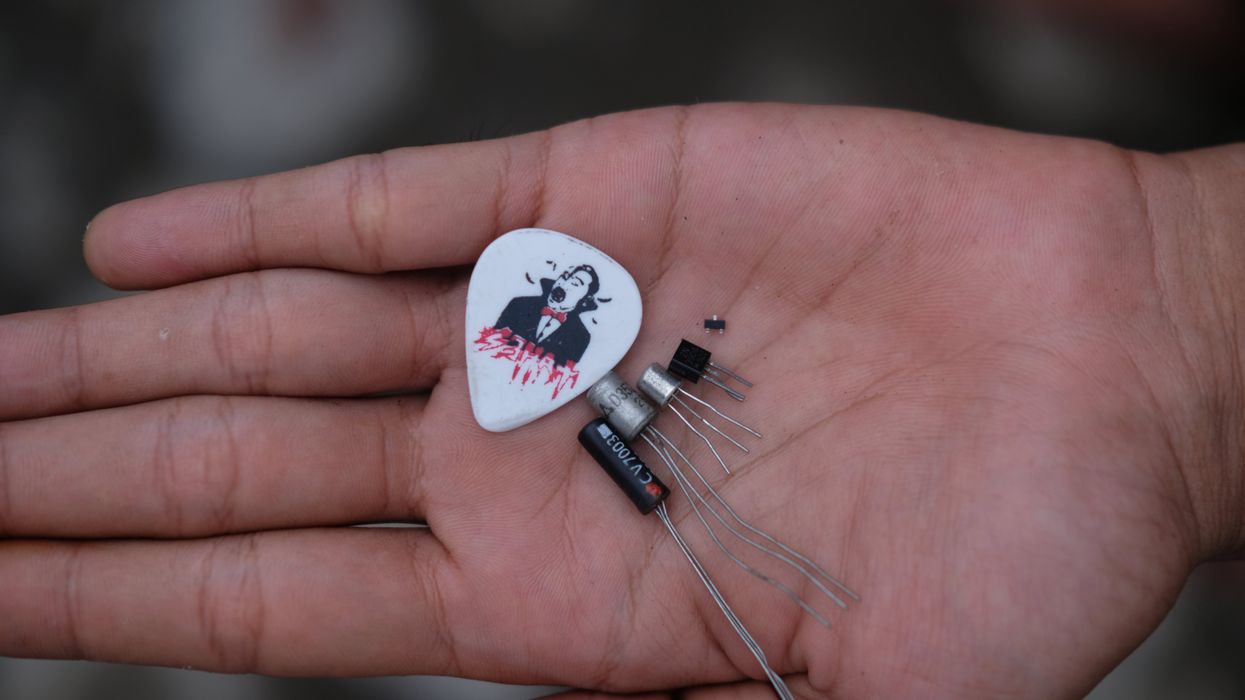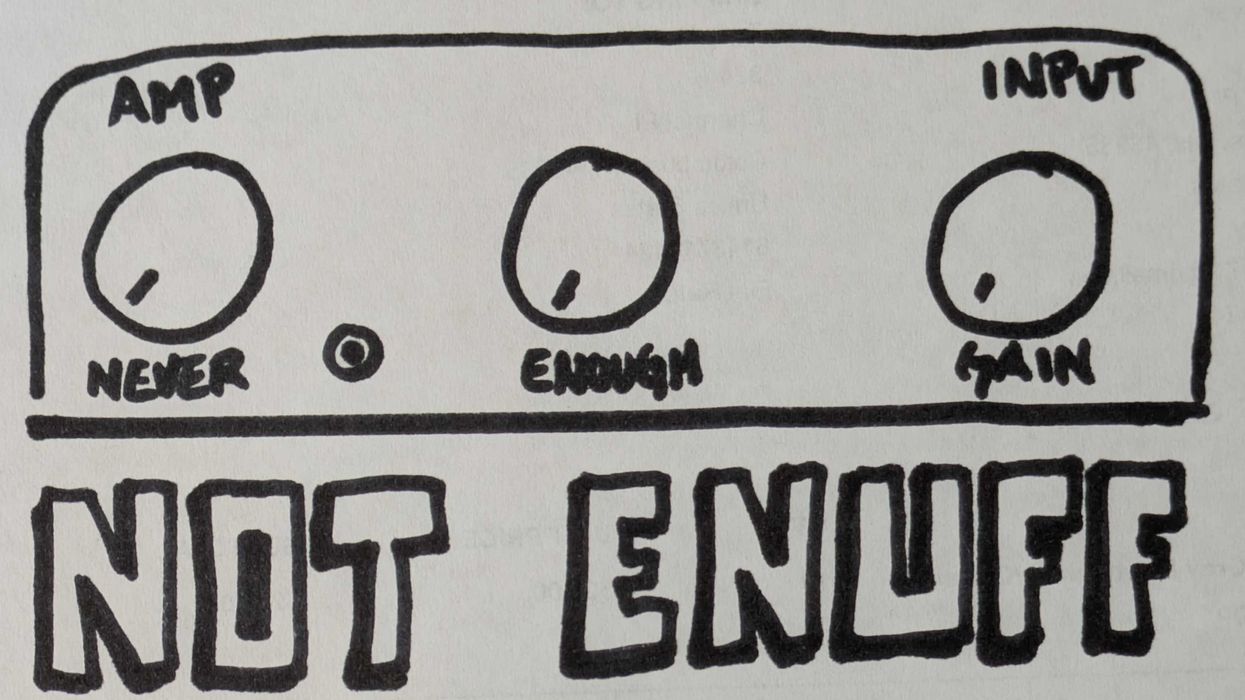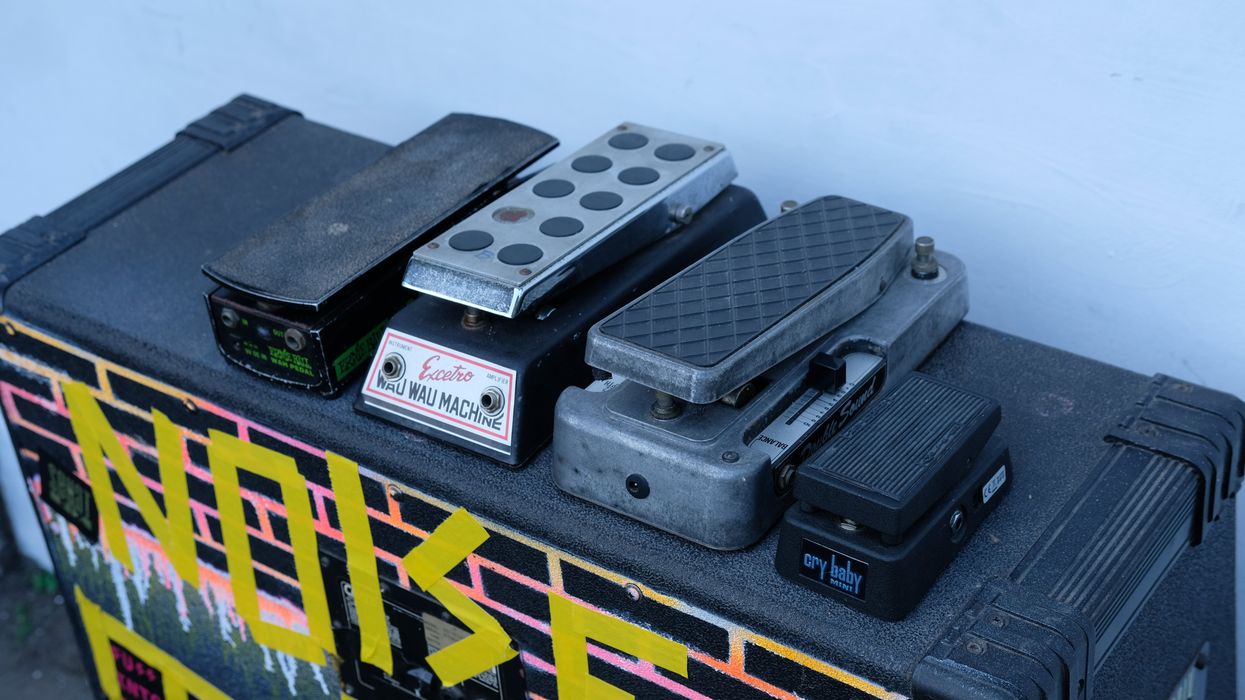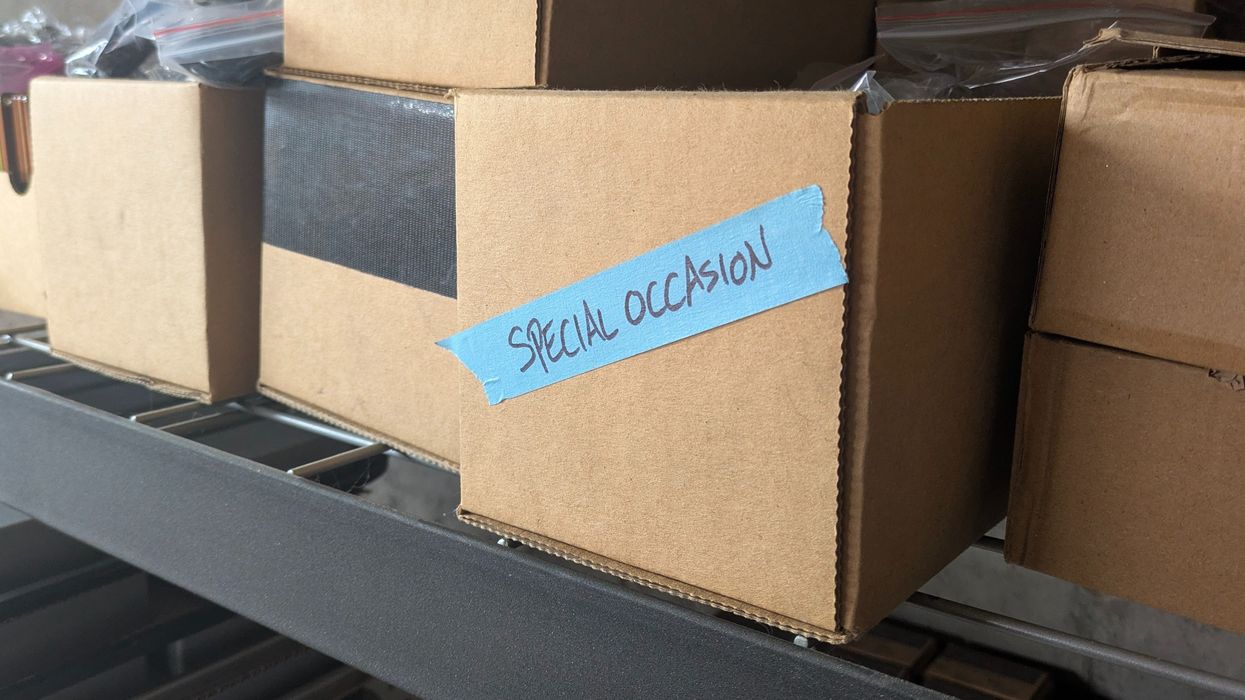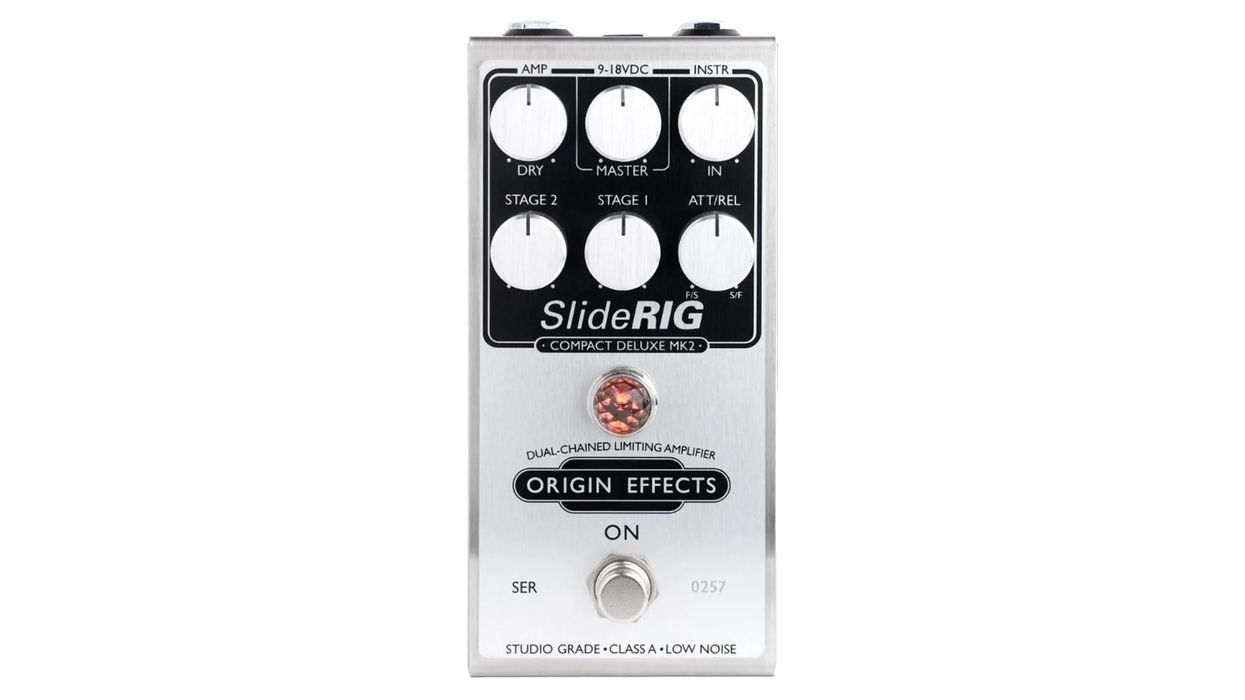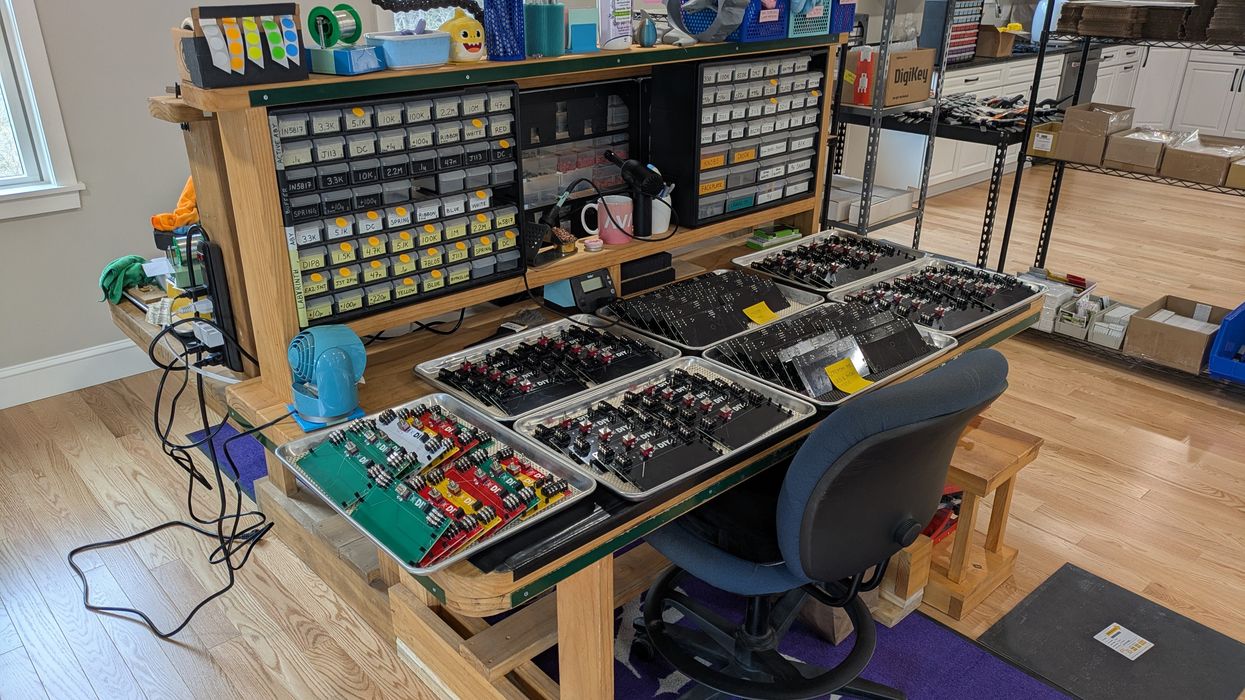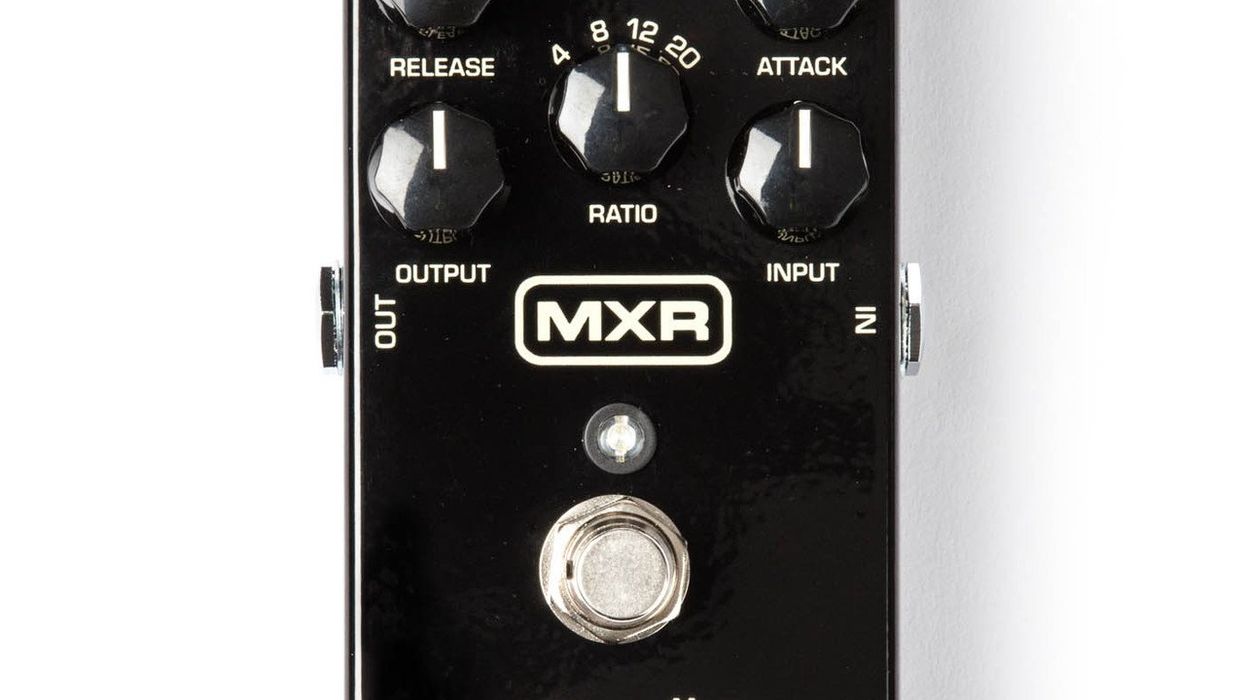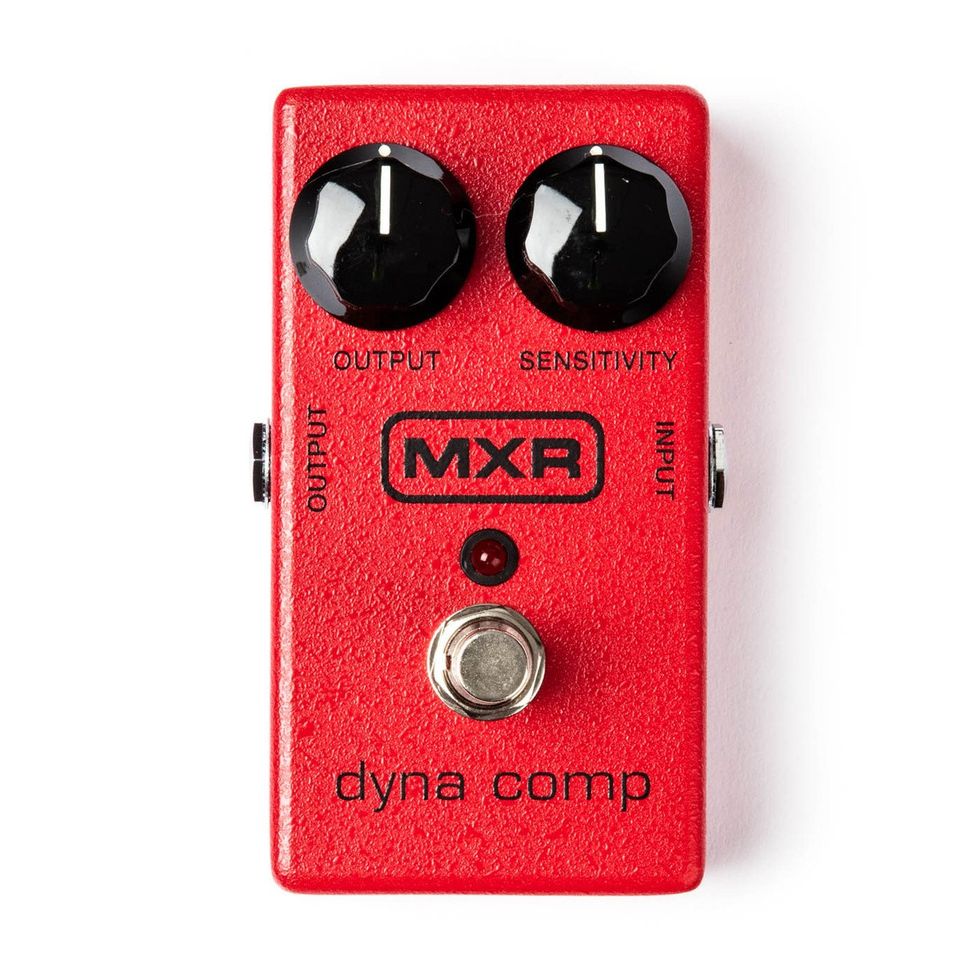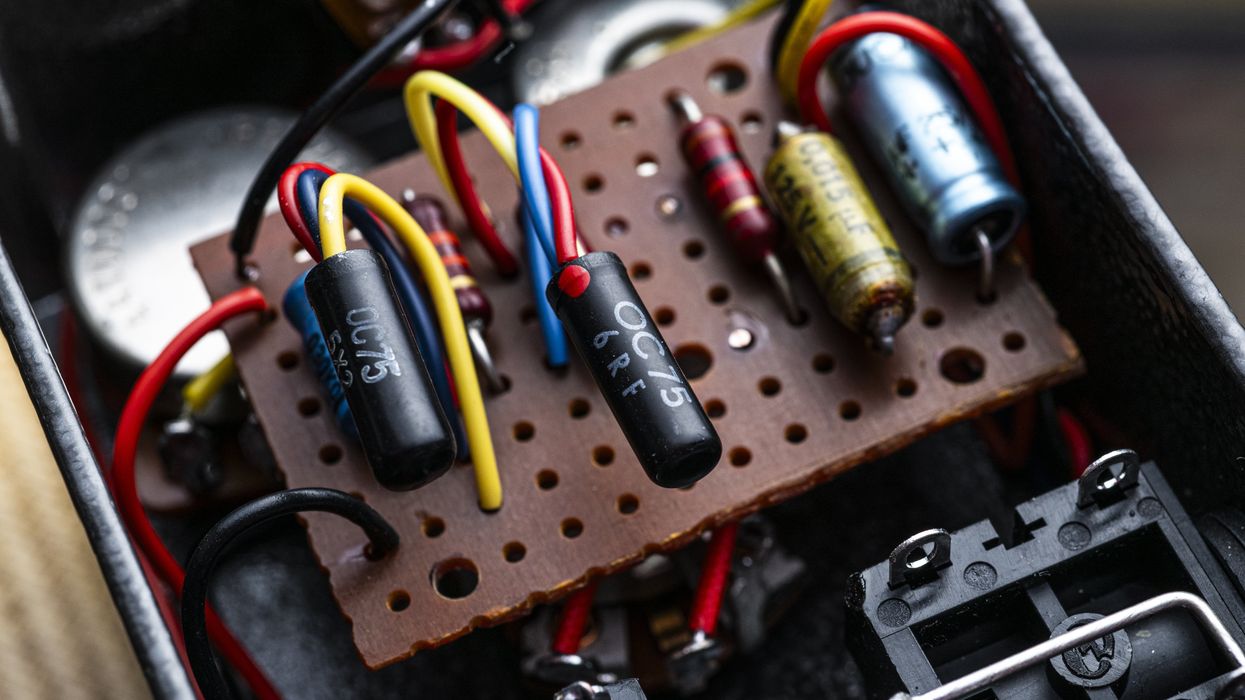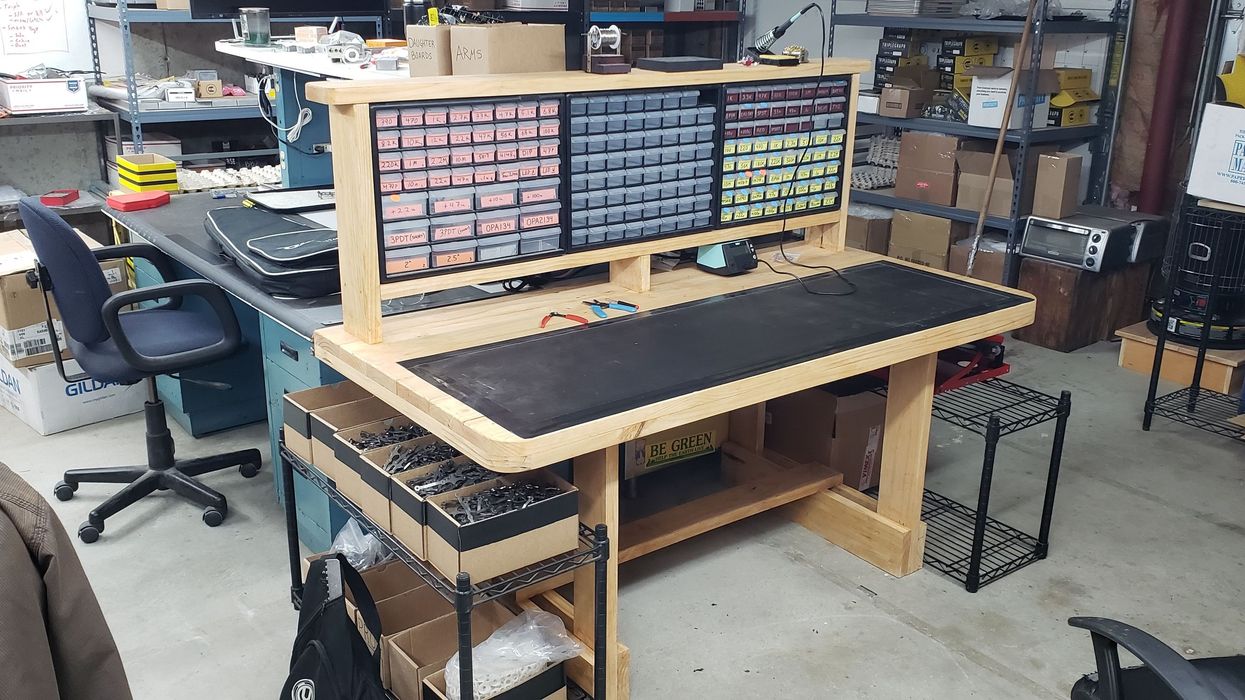Let’s begin this article with my memories from when I was a teenager, in the late 1990s and early 2000s. My father was an electronics wizard. He once built a 1000-watt tube pirate radio, and also my first guitar amplifier from a modified boombox. One day, while exploring his garage, I stumbled upon a dusty box labeled “Echo Device for Vocal.” To my surprise, I found two Matsushita MN3005 bucket-brigade delay integrated circuits (ICs) inside. As I’d been delving into the guitar world and its cults at that age, I felt like I had discovered a treasure! Even as early as the ’90s, analog delay was a vintage holy grail.
Afterward, I approached my father and said, “Dad, look, I found a made-in-Japan analog delay with authentic bucket-brigade delay ICs. Are you not using it anymore?” He simply replied, “Made-in-Japan is no good. You can use it if you want.”
Reflecting on that conversation, I realized something—we were two different generations living in distinct social circles. For me and perhaps my friends, Japanese-made gadgets from the ’80s were masterpieces, especially in the category of electronic musical instruments. Today, their value has surpassed their functional essence. In Indonesia, for instance, people buy made-in-Japan Boss products, not just to use, but as an investment! This also applies to products from Ibanez, Yamaha, Roland, Korg, and other vintage Japanese manufacturers. On the other hand, my father considered them to be items he no longer wanted, either due to his perception of their quality or because they were outdated. This generational and social-circle paradox slowly pulled me in, especially concerning the eternal debates like through-hole vs. SMD/SMT, silicon vs. germanium, vacuum tube vs. solid-state, vintage vs. modern, and, of course, analog vs. digital!
“In Indonesia, for instance, people buy made-in-Japan Boss products, not just to use, but as an investment.”
One day in 2019, I performed at an event after a long hiatus, and the event organizers asked me what equipment I would need onstage. I simply requested two sets of guitar amplifiers, specifically the Roland JC-120, as I wanted to crank up the volume. But the organizers were surprised by my request. One of them mentioned that I was the only performer who had asked for guitar amplifiers in the past few years. I thought it was just a joke, but I realized their honesty on the day of the event. Among the bands that performed, mine was the only one using conventional guitar amplifiers. It was the first time I truly witnessed a band performance where all the guitarists had adopted the “amp-less” stage concept. They tended to use amp simulators, whether digital or analog, and were perfectly comfortable without the presence of traditional guitar amplifiers, which have always been an emblem of rock ’n’ roll. Of course, the majority of the guitarists performing were 10 to 15 years younger than me. Now, I understand my father’s mindset from 25 years ago a little better.
Humans are a species that continues to evolve throughout time, always discovering new things, especially in technology. Let’s narrow the discussion down to musical instruments and related equipment. I can’t help but wonder, if super-compact DSP multi-effect stompboxes had been created in the 1950s, would we have the series of debates I mentioned earlier above? As a pedal effect builder, I strive to remain neutral. Nevertheless, I must be open to all possibilities regarding technological advancements.
We all live in a world that keeps on turning. Perhaps 20 years from now, my child will find NUX pedals in my storage and say, “Dad, you have a holy grail pedal from NUX; my friends will envy me!” Who knows? Well, after this, I will visit my father to enjoy a cup of coffee with him while listening to dangdut music from his super-slim smartphone. Now, I’m starting to think about hoarding and storing SMD/SMT components. Who knows, maybe my grandchild will consider them a holy grail 50 years from now.


